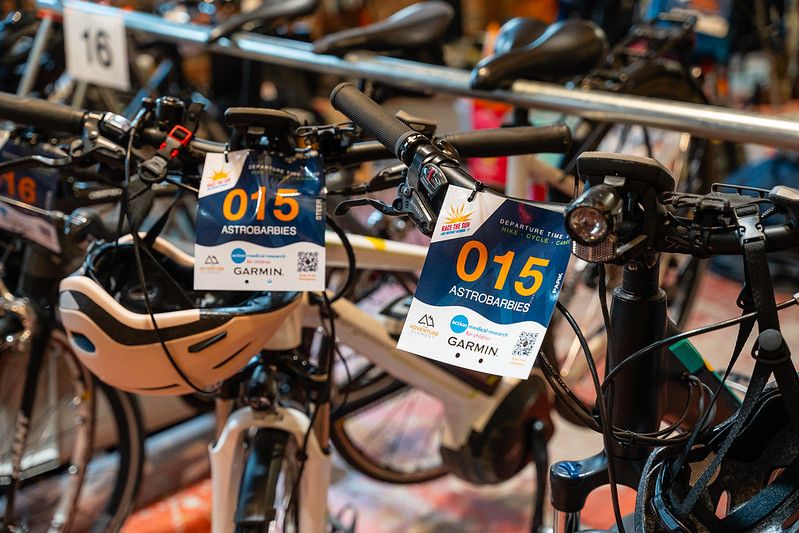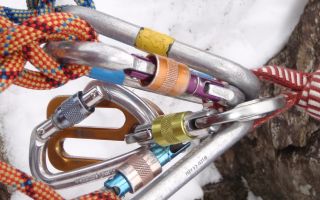Surviving the Heat: Preparing for your Challenge Event during a Heatwave
Category: Challenge Event Advice and Guidance
Posted by Ben Keen - Director
Taking part in an event is all about adventure, challenge, and pushing your limits and raising money for an essential cause—but when the sun turns up the heat, it can push a little too far. With the UK and many other parts of the world experiencing hotter summers, it’s essential to prepare for the possibility of a heat wave during your event.
Whether you're trekking, cycling or canoeing, high temperatures bring added risks. But don’t sweat it (well… try not to). With the right preparation and mindset, you can stay safe and make the most of your event—even in the heat.
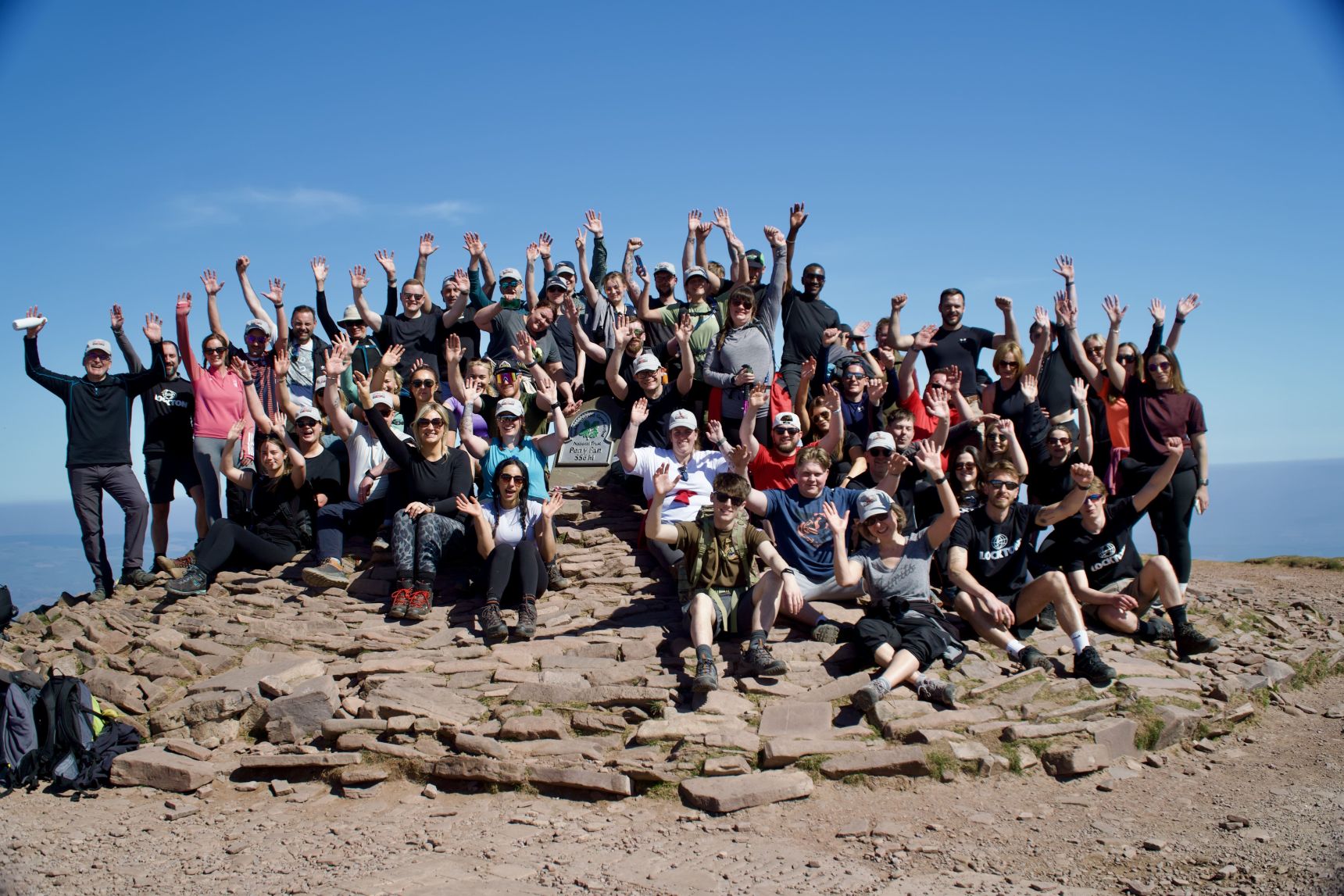
Why Heat Waves could be a Serious Risk
Heat waves could increase the risk of dehydration, heat exhaustion, and even heatstroke especially when exserting yourself over a long duration. You might also find your energy dips faster, you get sunburnt more easily, and you/your team may be more irritable or fatigued.
But the good news is: With good planning and smart decisions, it’s manageable.
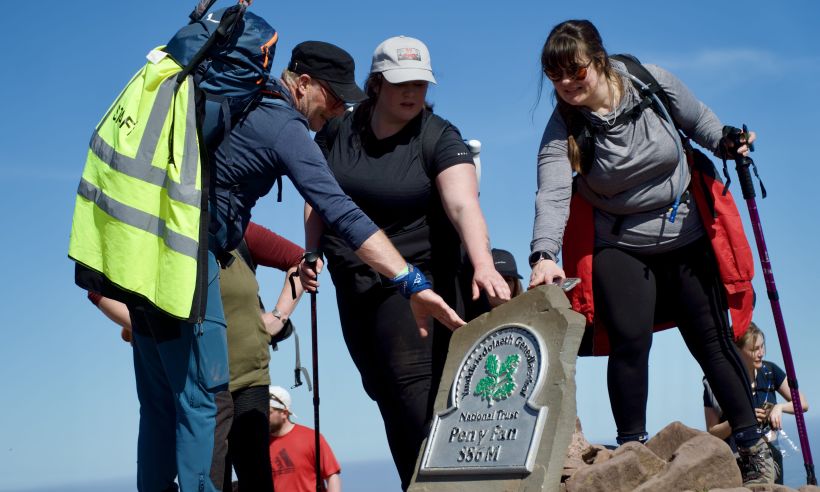

Prioritise Hydration — Way More Than You Think
Tips:
- Start hydrated: Drink plenty of water the evening before and in the morning before setting off.
- Drink little and often: Don’t wait until you're thirsty—sip every 15–20 minutes. Aim for at least 500ml–1L per hour of activity.
- Electrolytes matter: Use hydration tablets or add a pinch of salt and a splash of fruit juice to water. Sweating depletes sodium, and water alone won't be enough on long days.
- Know your pee: Pale straw = good. Dark yellow = drink more.
- Pack extra water: You must a minimum of carry 2L of water, consider bumping up to 3L. Use hydration bladders or collapsible bottles to save space. You should aim to consume at least 4 litres per day.
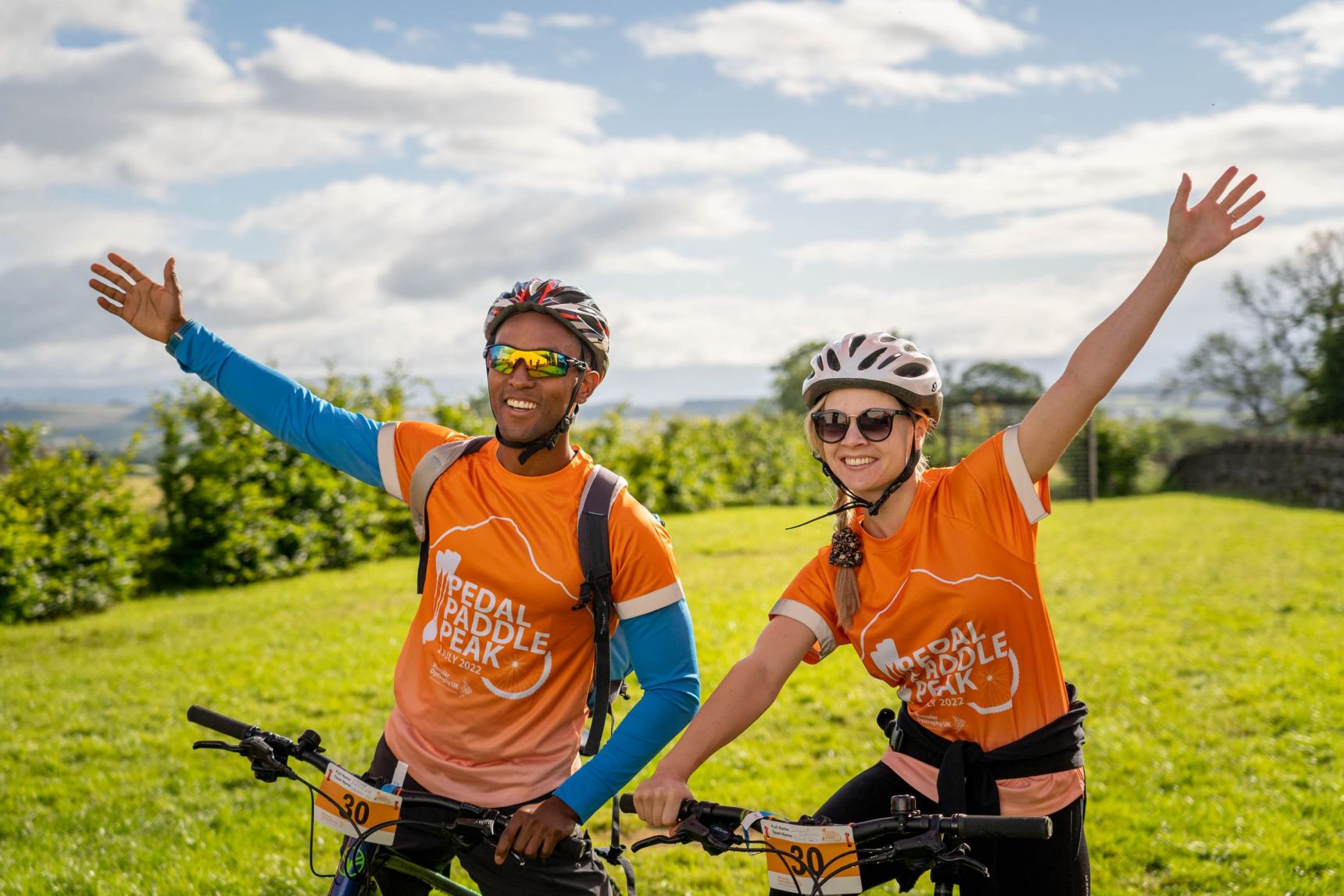
Rework Your Kit for Hot Weather
What you wear can make a big difference:
SLIP on clothes that are lightweight. Loose-fitting clothes that are lightweight: Avoid dark colours—they absorb heat. UV-protective clothing: Some outdoor gear has built-in SPF. Neck cooler, pack towel or damp bandana: Helps regulate temperature.
SLAP on a hat. Wide-brimmed hat or cap with a neck flap: Protects your face and neck.
SLOP on some suncream. Slather on high-SPF, broad-spectrum sunscreen every couple of hours, especially on your nose, ears, back of neck, and hands. Don’t forget lip balm with SPF too!
SLIDE on some Sunglasses. Protect your eyes from sun glare.
Plan Your Strategy
Pacing is everything.
Take Breaks: Stop regularly in the shade, even for just 5 minutes. It helps regulate your core temperature. Speeding through your day will not help and there are no prizes for being the quickest and being ill!!
Know the Signs: Dizziness, confusion, or muscle cramps could signal heat exhaustion. Don’t push through — stop, cool off, and rehydrate.
Keep checking in with each other: In a heatwave, it's easier to miss the signs of heat-related illness in yourself than in someone else.
Adjust Expectations: You don’t need a record time — just a smart, safe finish. Listen to your body, respect the conditions, and focus on completion rather than competition.
The Heat Is the Challenge
A heatwave changes everything — but with the right mindset, gear, and prep, it’s just another layer to conquer. Take it seriously, prepare thoughtfully, and you’ll not only survive your challenge event… you might even thrive in it.
Emergency Precautions
- In extreme heat the Event Director reserves the right to adjust the route, to ensure participants are not exposed to the heat unnecessarily.
- In your personal small first aid kit, carry oral rehydration salts/powders. These are readily available in any chemist.
- Know where the nearest water refill points are on your event. Check your Event Guide and route maps for the Feed Stations. There will also be additional water with some of our marshals.
- Ensure you know how to contact our staff if you need help. Scan the QR codes on your race numbers and save the emergency contact number to your phone. You will be briefed on this at registration.
Never push through if someone shows signs of serious heat illness—stop, seek shade, cool down, and seek assistance.
